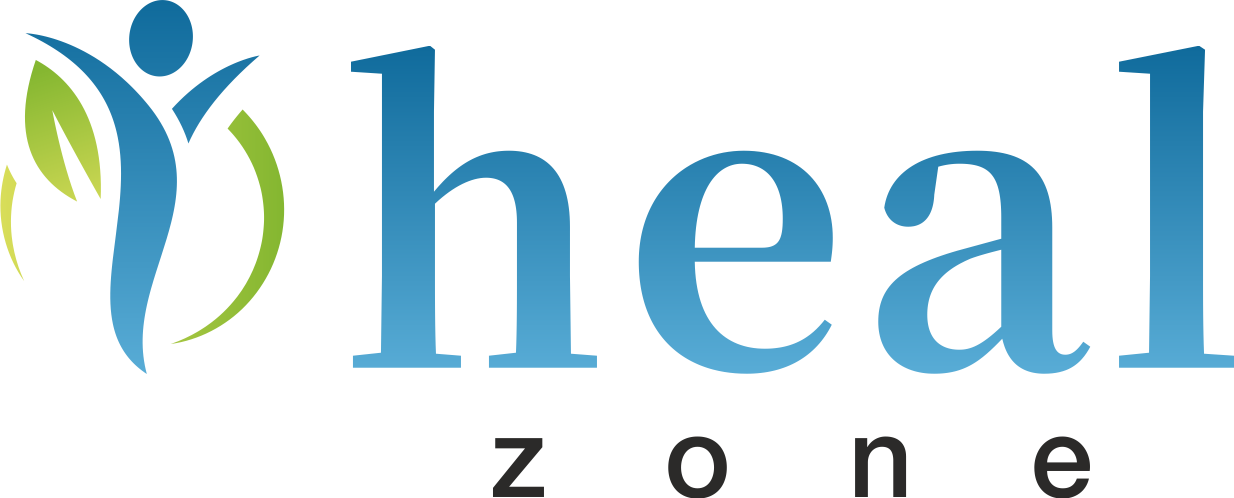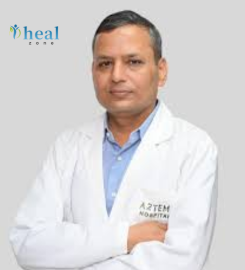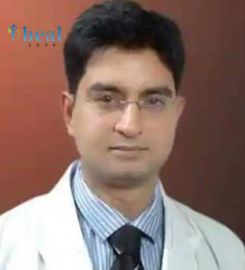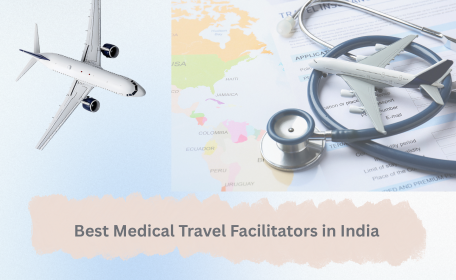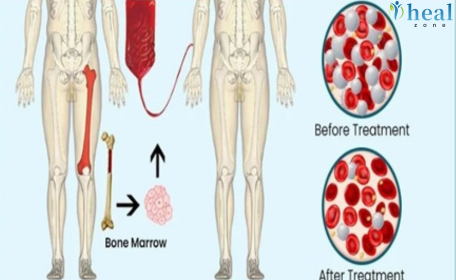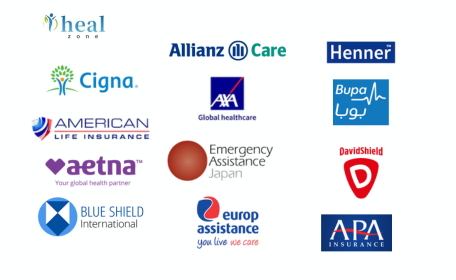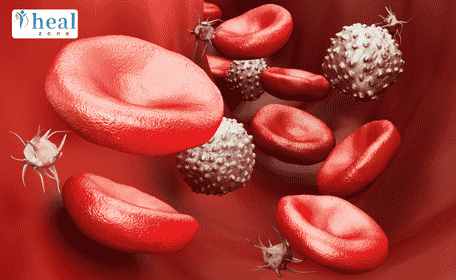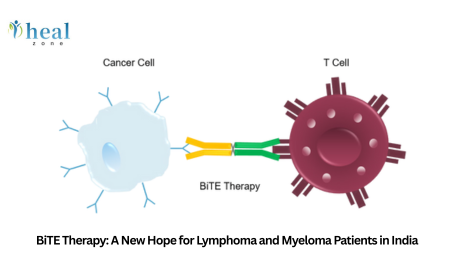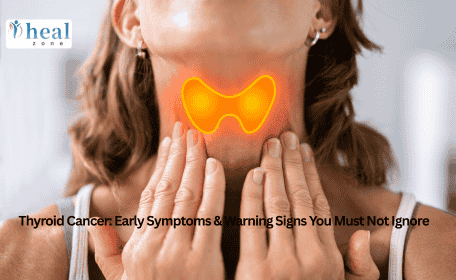What is an Allogeneic Bone Marrow Transplant?
An Allogeneic Bone Marrow Transplant is a medical procedure in which a patient receives stem cells from a genetically compatible donor to replace their damaged or non-functioning bone marrow. Unlike autologous transplants (where the patient’s own cells are used), allogeneic transplants rely on donor cells—either from a sibling, unrelated donor, or umbilical cord blood.
The goal of this treatment is to restore the body’s ability to produce healthy blood cells and fight infections, especially in patients with blood cancers, genetic disorders, or bone marrow failure syndromes.
Who needs an Allogeneic BMT and what conditions does it treat?
Allogeneic BMT is typically recommended for patients with serious hematological (blood-related) diseases that affect the production or function of blood cells and the immune system.
Common Conditions Treated:
- Leukemias (Acute Myeloid Leukemia, Acute Lymphoblastic Leukemia)
- Lymphomas (Hodgkin and Non-Hodgkin)
- Aplastic Anemia and Bone Marrow Failure Syndromes
- Thalassemia Major and Sickle Cell Anemia
- Myelodysplastic Syndrome (MDS)
- Multiple Myeloma (in select cases)
- Inherited Metabolic or Immune Disorders
This procedure offers curative potential, especially in young patients or those diagnosed early in the disease course, provided a suitable donor is available.
What are the types of Allogeneic Bone Marrow Transplants?
There are several types of allogeneic bone marrow transplants, depending on the donor’s relationship and genetic compatibility with the patient.
Major Types Include:
Matched Sibling Donor (MSD) Transplant:
- The donor is a brother or sister with the same HLA (human leukocyte antigen) markers.
Matched Unrelated Donor (MUD) Transplant:
- The donor is found through a bone marrow registry. HLA typing must match closely.
Haploidentical (Half-Matched) Transplant:
- The donor shares at least 50% of HLA markers, often a parent or child.
Umbilical Cord Blood Transplant:
- Cord blood from newborns is used. It requires less stringent HLA matching but may lead to slower recovery.
India offers all major transplant types, with increasing success rates for haploidentical and unrelated donor transplants due to improvements in technology and post-transplant care.
How is an Allogeneic Bone Marrow Transplant performed in India?
India follows internationally accepted BMT protocols with cutting-edge infrastructure, highly experienced hematologists, and trained transplant nursing teams.
Step-by-Step Procedure:
1. Donor Selection and HLA Typing
Blood samples are tested to match HLA markers between patient and donor.
2. Pre-Transplant Conditioning
The patient undergoes chemotherapy (sometimes with radiation) to destroy diseased bone marrow and suppress the immune system to avoid rejection.
3. Stem Cell Collection
Donor stem cells are collected through either bone marrow aspiration or peripheral blood stem cell collection (PBSC) after mobilization.
4. Stem Cell Infusion
The collected donor cells are infused into the patient’s bloodstream through a central venous line, similar to a blood transfusion.
5. Engraftment Monitoring
The new cells begin to grow in the patient’s body, a process called engraftment, which usually takes 2–4 weeks.
6. Post-Transplant Care
Patients are monitored for infections, graft-versus-host disease (GVHD), and other complications in isolation rooms for 3–4 weeks post-transplant.
All procedures are supported by sophisticated laboratories, transfusion units, and ICUs in India’s top transplant centers.
What is the donor selection and matching process?
Donor matching is based on HLA typing, which assesses compatibility of proteins on the surface of white blood cells. A closer HLA match reduces the risk of rejection and complications like GVHD.
Donor Matching Steps:
- Family Member Screening: First, siblings or parents are tested.
- Unrelated Donor Registry Search: If no family match is found, donor registries (national or international) are searched.
- Umbilical Cord Blood: An alternative option, especially for pediatric patients or those without a match.
- Donor Testing: Health screening and infectious disease testing are done before approval.
India has access to multiple donor registries, including international ones, and also supports haploidentical transplants, allowing for faster donor availability.
What is the cost of Allogeneic Bone Marrow Transplant in India?
In India, the average cost of an allogeneic bone marrow transplant ranges from USD 20,000 to 30,000 depending on various factors such as the type of donor, disease condition, hospital infrastructure, and recovery duration.
Cost Breakdown:
|
Treatment Component |
Estimated Cost (USD) |
|
HLA Typing & Donor Matching |
1,500 – 2,500 |
|
Donor Workup & Mobilization |
2,000 – 3,000 |
|
Pre-Transplant Investigations |
1,000 – 1,500 |
|
Conditioning Chemotherapy |
3,000 – 4,000 |
|
Transplant Procedure & Stem Cell Infusion |
6,000 – 8,000 |
|
Post-Transplant ICU & Isolation Care |
4,000 – 5,000 |
|
Medications, Blood Products, Supportive Care |
2,000 – 3,000 |
|
Follow-Up and Rehabilitation (Initial) |
1,000 – 2,000 |
Total Approximate Cost: USD 20,000 – 30,000 (inclusive of hospital stay and post-op support)
This cost covers complete transplant care, including donor preparation, patient management, hospital stay, ICU support, and isolation ward admission for international patients.
What is the treatment protocol before, during, and after the transplant?
India follows evidence-based, globally approved BMT protocols, ensuring safe and standardized care across each transplant phase.
Pre-Transplant:
- HLA matching and infectious disease screening
- Pulmonary, cardiac, and dental evaluations
- Chemotherapy or radiation to suppress the immune system
During Transplant:
- Donor stem cells are collected (bone marrow or PBSC)
- Stem cells are infused intravenously over 1–2 hours
- ICU-level care provided in sterile, HEPA-filtered rooms
Post-Transplant:
- Daily monitoring for white cell count, platelets, infections
- Blood transfusions and antibiotics as required
- Anti-rejection medications like cyclosporine or tacrolimus
- Isolation until neutrophil count recovers (usually 14–21 days)
Engraftment is monitored through blood counts and bone marrow biopsies, and patients are discharged after stabilization with a follow-up plan.
Why is India considered a top destination for BMT?
India is home to a growing number of state-of-the-art bone marrow transplant centers, attracting patients globally due to:
Advantages:
- Highly trained hematologists with international expertise
- Advanced transplant ICUs and HEPA-filtered isolation wards
- Access to global donor registries and advanced matching tools
- Sophisticated labs for HLA typing, PCR diagnostics, and flow cytometry
- Lower overall treatment costs without compromising standards
- English-speaking medical staff and culturally sensitive care
India’s medical tourism system also offers end-to-end care—from visa assistance to post-transplant follow-up—making the experience smooth and personalized for international patients.
Why choose Healzone for your bone marrow transplant journey?
Healzone is a trusted medical tourism facilitator known for organizing safe, affordable, and high-quality medical treatments in India for international patients. From the moment you reach out to the time you return home, Healzone ensures your entire transplant journey is streamlined and worry-free.
Why Healzone?
- Free medical consultation and treatment planning
- Personalized cost estimates with no hidden charges
- Coordination with top transplant specialists and hospitals
- Visa invitation letters and paperwork assistance
- Airport pickups, lodging, translation, and dietary support
- Post-transplant monitoring via video calls and secure emails
Healzone works closely with India’s most reputed transplant centers and ensures priority admission, concierge support, and detailed guidance at every step.
What is the expected success rate and survival outlook?
Success rates for allogeneic BMT in India have significantly improved due to better matching techniques, infection control, and supportive therapies.
Success Rate Overview:
Matched Sibling Transplant: 70–90% (depending on condition)
Unrelated Donor Transplant: 60–80%
Haploidentical Transplant: 50–75% (advancing due to better immunosuppressive protocols)
Pediatric Cases (e.g., Thalassemia): Often exceed 85% success in early-stage treatment
Overall survival and disease-free survival depend on age, diagnosis, disease stage, donor match, and post-transplant care. Indian hospitals have demonstrated outcomes comparable to international standards at a fraction of the cost.
How long does recovery take and what is the aftercare process?
Recovery after allogeneic BMT is gradual and needs continuous monitoring for up to a year.
Timeline & Support:
Engraftment: Typically occurs 2–4 weeks post-transplant
Hospital Stay: 3–4 weeks minimum in sterile BMT unit
First 100 Days: Critical period with highest infection and GVHD risk
6–12 Months: Full immune recovery, possible return to work/school
Aftercare Includes:
- Immunosuppressant medications (e.g., tacrolimus, cyclosporine)
- Growth factors to boost blood cell production
- Prophylactic antifungals, antivirals, and antibiotics
Routine tests: blood counts, CMV PCR, liver and renal functions
- Avoiding raw food, crowded places, or exposure to infections
Healzone ensures international patients receive complete discharge summaries, prescriptions, video call follow-ups, and recovery planning.
Can international patients find matched donors in India?
Yes. India is home to several national and international donor registries, allowing patients from abroad to access unrelated or half-matched donors quickly.
Sources for Donors:
Family members (siblings/parents): First-line donors
Unrelated Indian Registries: Match potential donors from local databases
Global Registries: India collaborates with international banks for access to thousands of unrelated donors
Umbilical Cord Blood Banks: Backup options for pediatric or unmatchable cases
Healzone coordinates with licensed transplant centers to manage donor identification, testing, mobilization, and all required paperwork for international cases.
How to prepare for your transplant trip to India through Healzone?
Planning your allogeneic BMT with Healzone is a streamlined and fully assisted process from Day 1.
Patient Preparation Checklist:
- Submit reports (CBC, bone marrow biopsy, HLA typing if done)
- Receive treatment plan and estimate within 24–48 hours
- Apply for medical visa using the invitation letter provided by Healzone
- Plan for 4–8 weeks stay in India, including hospital and recovery period
